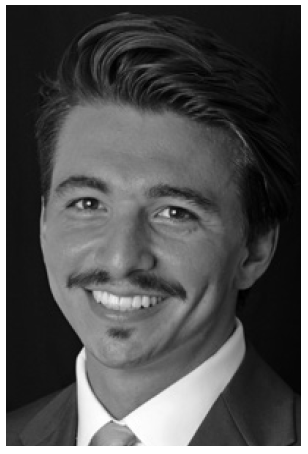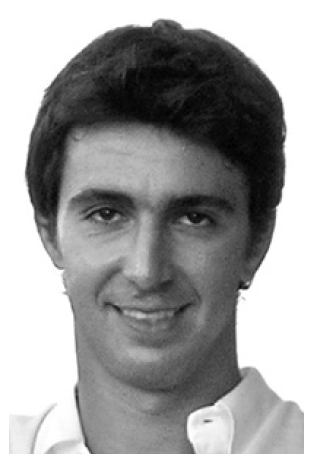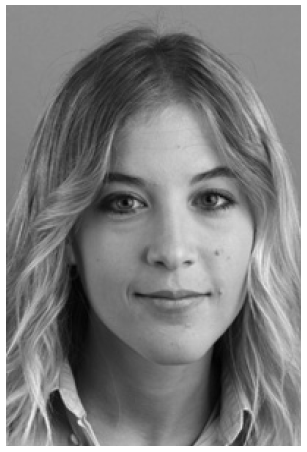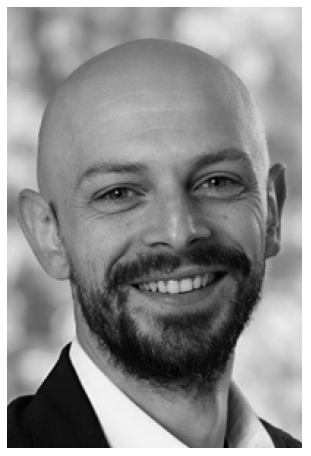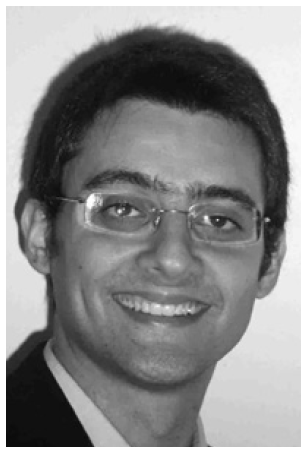PEARLS
Indirect Rebonding Transfer Tray Following Magnetic Resonance Imaging
This article can only be viewed by JCO subscribers. Subscribers should log in below. You can purchase a subscription to JCO for as little as $223 a year worldwide. You can also purchase access to the entire JCO archive for 1 or 30 days ($30 or $70), or for $10 just this article for one year.
Need Help?
Dynamic verses Static IP
Please select whether you have a dynamic IP address or a static IP address. A dynamic IP address can change over time while a static IP will never change. You may need to contact your IT administrator to find this out. If you don't have access to this information, you should select the option that you are using a dynamic IP address.
Note: If you do select dynamic IP address, you must have cookies enabled for your browser.


